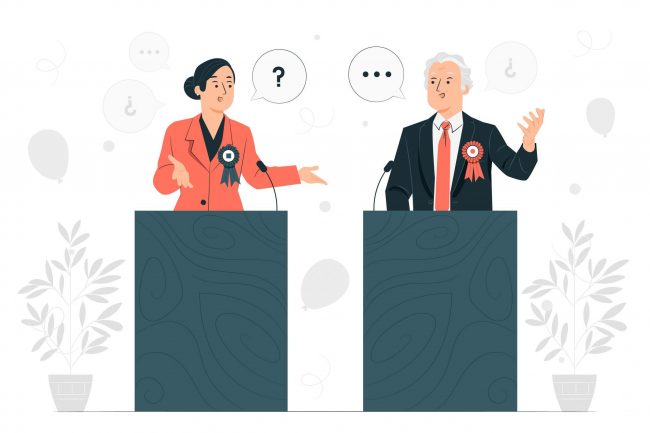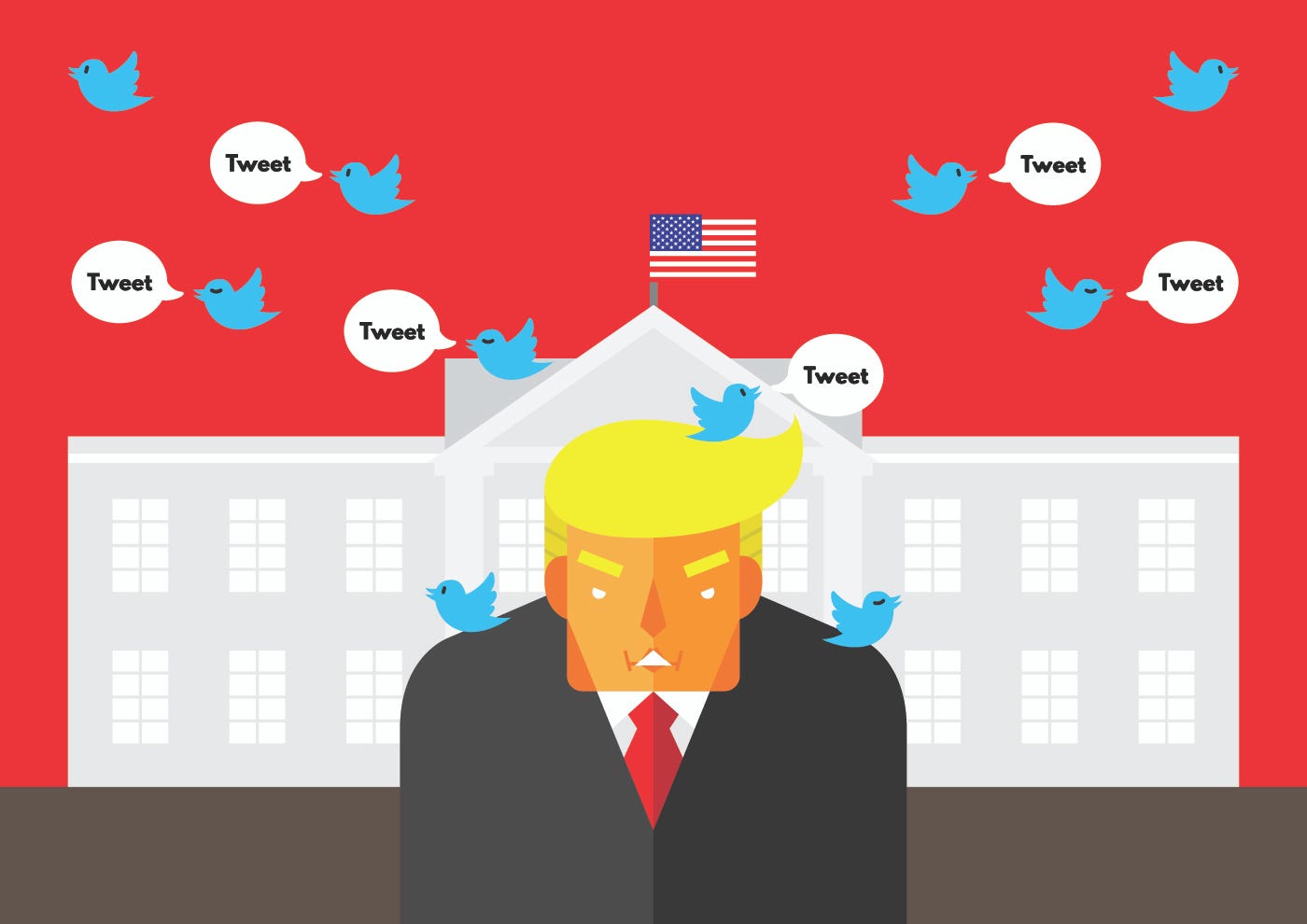A Closer Look at the Impact of Term Limits

The Concept of Term Limits and Their Impact on Political Representation
Term limits are a fundamental aspect of democratic governance that have gained traction in various political systems around the world. They are rules or regulations that restrict the number of terms an individual can serve in a particular elected office, such as a presidency, governorship, or legislative position. The concept of term limits has been the subject of much debate and discussion, with proponents arguing that they enhance political representation, while opponents believe they may hinder it. In this comprehensive exploration, we will delve into the concept of term limits and examine their impact on political representation.
The Rationale behind Term Limits
- Preventing Entrenchment: One of the primary reasons for implementing term limits is to prevent the entrenchment of incumbents in political offices. Without term limits, politicians may accumulate power and influence over an extended period, making it difficult for new voices and fresh ideas to emerge. Term limits disrupt this cycle, ensuring that political offices are regularly open to new candidates and ideas.
- Encouraging Citizen Participation: Term limits can also encourage greater citizen participation in politics. When incumbents have been in office for extended periods, voter apathy can set in, as people may feel that their voices are not being heard. Term limits create opportunities for new candidates to enter the political arena, renewing citizens' interest and involvement in the electoral process.
- Reducing Corruption: Long-serving politicians may become more susceptible to corruption or unethical behavior. Term limits can help reduce the risk of corruption by limiting the time during which an individual can hold office and accumulate power.
The Impact of Term Limits on Political Representation
- Diverse Representation: Term limits can lead to more diverse political representation. When incumbents are forced to leave office after a certain number of terms, it creates opportunities for individuals from different backgrounds, genders, ethnicities, and political ideologies to run for office. This diversity can result in a more representative and responsive government.
- Fresh Ideas and Innovation: Term limits promote the infusion of fresh ideas and innovation into the political system. New candidates are often more willing to propose and implement novel policies, which can be beneficial in addressing evolving societal challenges.
- Greater Accountability: Politicians who know they have a limited time in office may be more accountable to their constituents. They are aware that they will have to face re-election sooner, which can motivate them to prioritize the needs and concerns of their constituents over personal or partisan interests.
- Reduced Partisanship: Term limits can help reduce political polarization and partisanship. Long-serving incumbents may become entrenched in their party's ideology, making it difficult to find common ground. Term limits introduce the possibility of fresh faces from the same party or different parties, leading to more flexible and collaborative decision-making.
Challenges and Concerns
While term limits have their advantages, they are not without challenges and concerns:
- Loss of Experienced Leaders: Term limits can lead to the loss of experienced and effective leaders who have valuable institutional knowledge. This can sometimes result in inexperienced individuals taking office, potentially leading to inefficiencies or policy mistakes.
- Short-Term Focus: Politicians facing term limits may prioritize short-term gains over long-term planning, as they may be more concerned with securing re-election in their limited time in office.
- Influence of Special Interests: Term-limited politicians may be more susceptible to the influence of special interest groups and lobbyists, as they may seek post-political career opportunities.
- Expanding on the Topic: Term Limits and Their Impact on Political Representation
The debate surrounding term limits is far from settled, and different countries and regions have adopted varying approaches to this concept. To gain a deeper understanding of the impact of term limits on political representation, it is essential to consider specific examples and case studies.
Case Study: The United States
The United States provides a noteworthy case study in the implementation of term limits, particularly at the congressional level. Since 1995, members of the U.S. House of Representatives have been subject to term limits, restricted to serving no more than three two-year terms. Senators, on the other hand, have no term limits and can theoretically serve indefinitely.
Pros of Term Limits in the U.S.:
- Regular Turnover: Term limits in the U.S. House of Representatives ensure that there is a regular turnover of members, preventing any single individual from consolidating power for an extended period. This allows for greater opportunities for new voices and ideas.
- Increased Diversity: Term limits have contributed to a more diverse House of Representatives. In recent years, there has been a noticeable increase in the representation of women and minorities, partially attributed to term limits opening up seats for new candidates.
- Accountability: Knowing that they cannot remain in the House indefinitely, members are often more accountable to their constituents. They are constantly aware of the need to perform well and maintain public support to secure re-election in their limited time.
Cons of Term Limits in the U.S.:
- Loss of Experience: Term limits have led to the loss of experienced legislators who had developed expertise in complex policy areas. The constant turnover can result in a lack of institutional knowledge and hinder long-term strategic planning.
- Short-Term Focus: Elected representatives may focus on short-term, populist policies to secure re-election, potentially sacrificing important long-term policy initiatives.
- Influence of Special Interests: Term-limited politicians may be more susceptible to the influence of special interest groups, as they may seek lucrative post-political career opportunities. This can lead to decisions driven by personal gain rather than the public interest.
Case Study: Mexico
Mexico presents another interesting case study in the context of presidential term limits. Prior to 2018, Mexico had a single six-year presidential term with no possibility of re-election. This policy was rooted in a historical aversion to long-term presidencies stemming from concerns about authoritarianism.
Pros of Presidential Term Limits in Mexico:
- Avoiding Authoritarianism: The single-term limit was intended to prevent the concentration of power and the emergence of authoritarian leaders. It helped ensure that no president could hold office for an extended period and potentially undermine democratic institutions.
- Regular Change of Leadership: The six-year term limit guaranteed a regular change of leadership, allowing for the possibility of new policies and priorities with each new president.
Cons of Presidential Term Limits in Mexico:
- Institutional Knowledge: Like in the U.S., term limits in Mexico resulted in a loss of institutional knowledge. Presidents, despite their experience, could not seek re-election and build upon their accomplishments, potentially hampering long-term development.
- Accountability Challenges: Knowing they wouldn't be re-elected, presidents sometimes pursued short-term or populist policies, which might not always align with the best interests of the country in the long run.
Term limits are a double-edged sword in the realm of political representation. They have the potential to invigorate democracy, promote diversity, and prevent the concentration of power. However, they can also lead to the loss of experienced leaders, short-term policy focus, and susceptibility to special interests.
The impact of term limits on political representation is context-dependent, varying from one country to another and even between different levels of government. Striking a balance between accountability, diversity, and the preservation of institutional knowledge is a complex challenge. Ultimately, the effectiveness of term limits hinges on their thoughtful design and implementation in alignment with the specific needs and circumstances of each political system.
What's Your Reaction?















